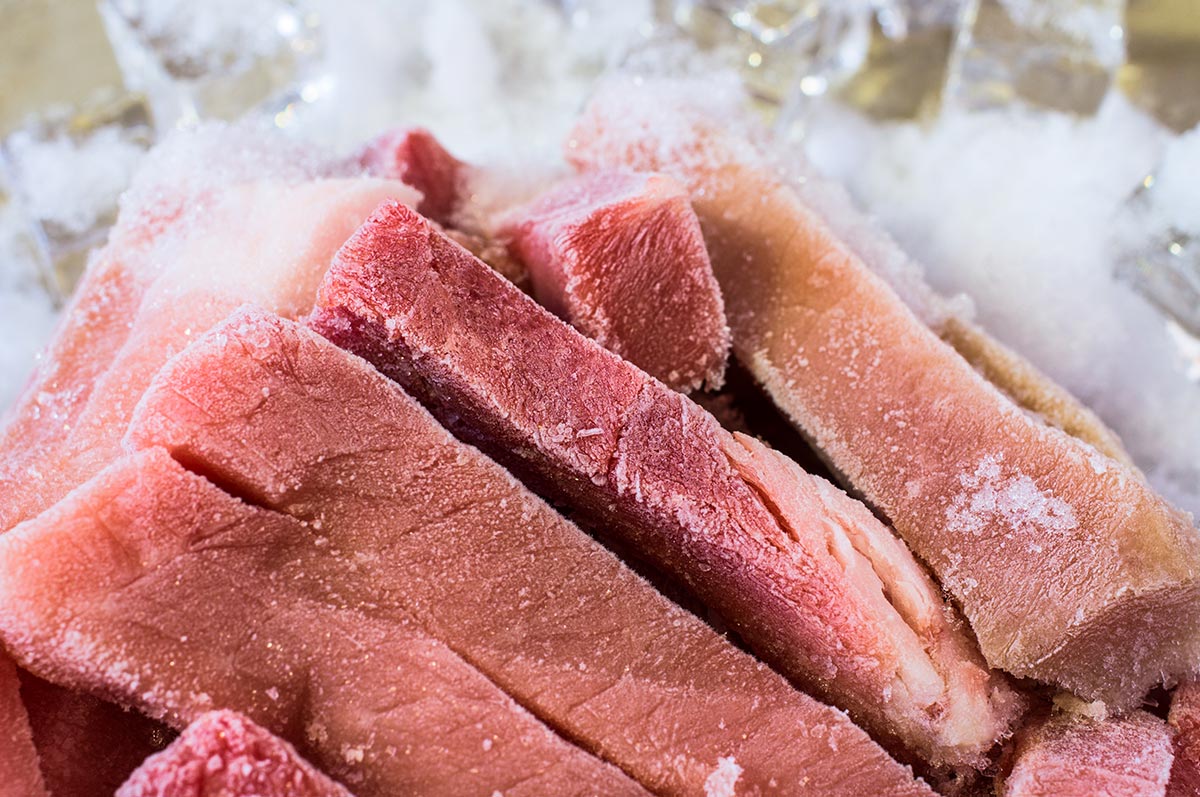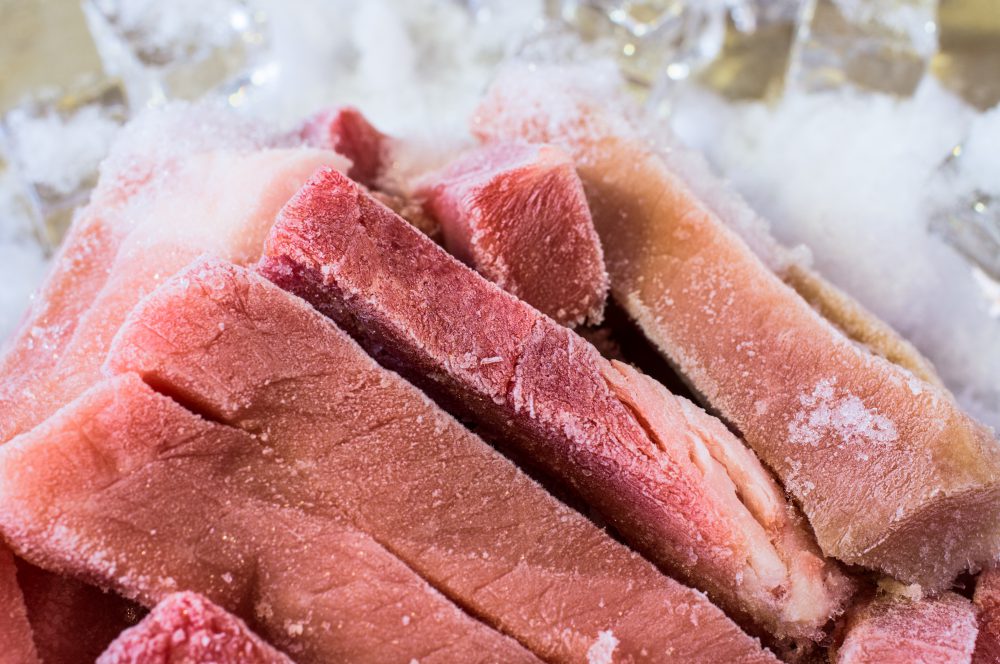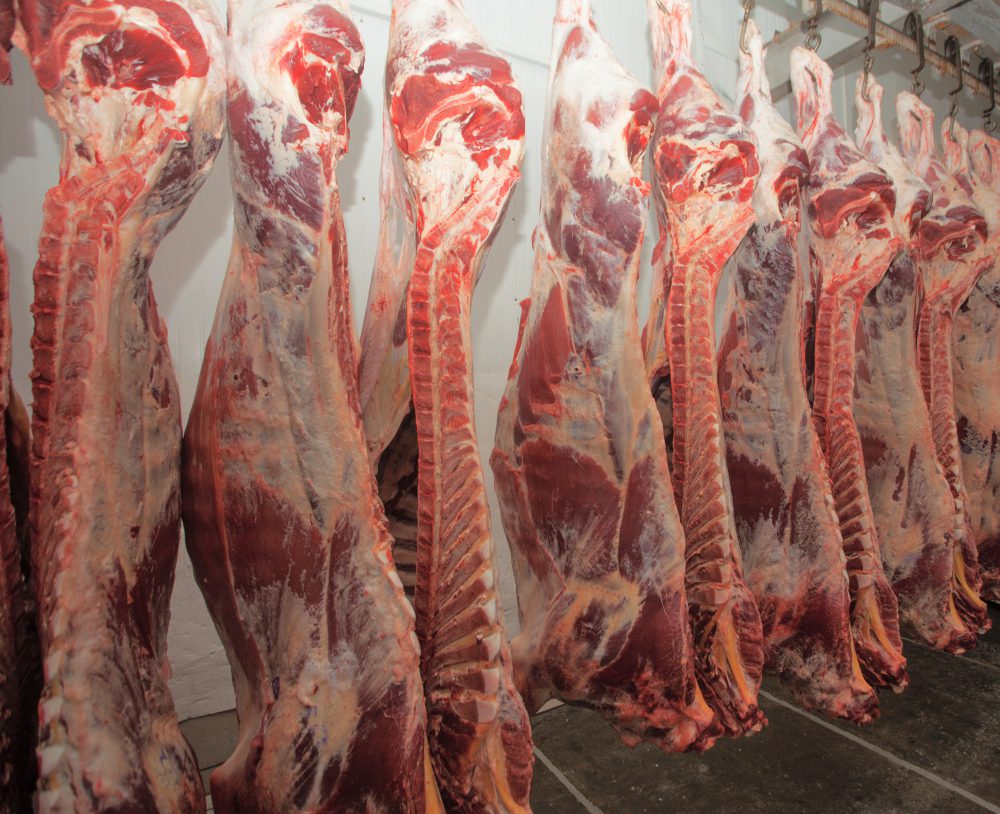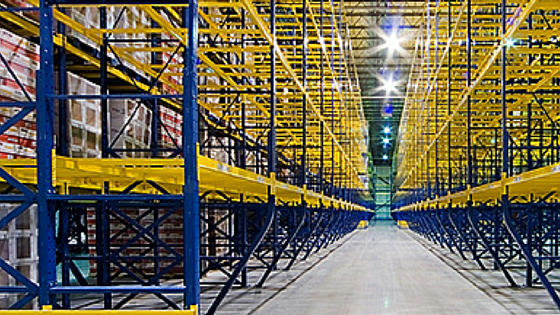HFC Refrigerant Regulations: What to Do as States Adopt SNAP Rule 20
When the Environmental Protection Agency (EPA) announced they were going to phase out hydrofluorocarbon (HFC) refrigerants in 2015, many in the industry began preparing for the coming changes. The new proposed regulations under Section 612 of the Clean Air Act, known as SNAP Rule 20, established a schedule to phase out common HFC refrigerants such as R-22, R-124 and R-507.
However, when major chemical companies challenged the EPA in federal court in 2017, a judge ruled the EPA didn’t have the authority to mandate the changes. Attempts to appeal the court’s decision failed, and the EPA acknowledged they will not enforce the rule.
However, just because the rule was overturned at the federal level doesn’t mean you’re in the clear if you use these refrigerants.
Continue Reading “HFC Refrigerant Regulations: What to Do as States Adopt SNAP Rule 20”





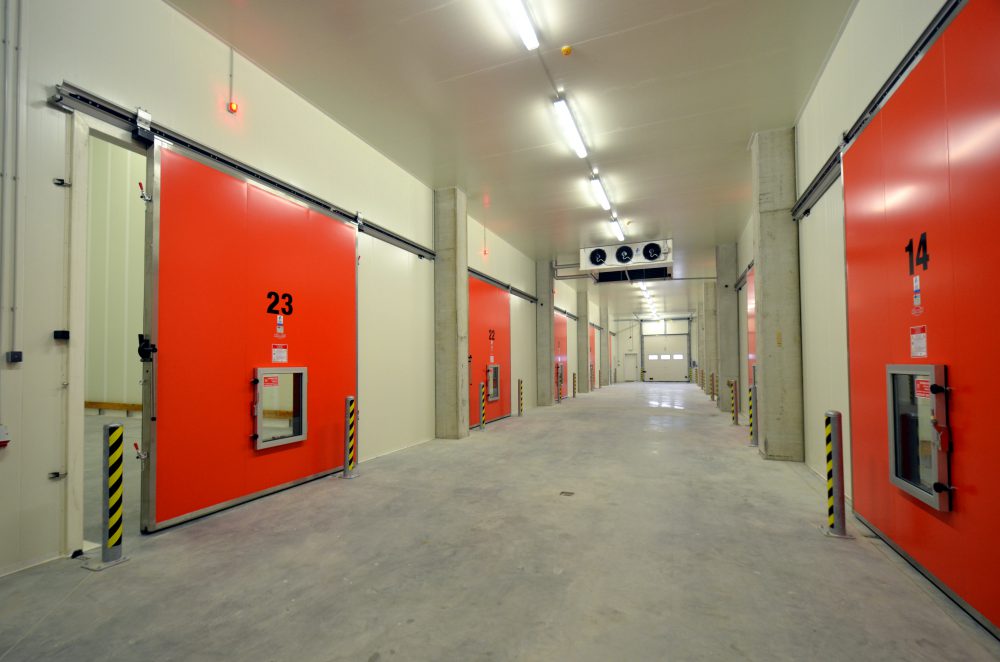
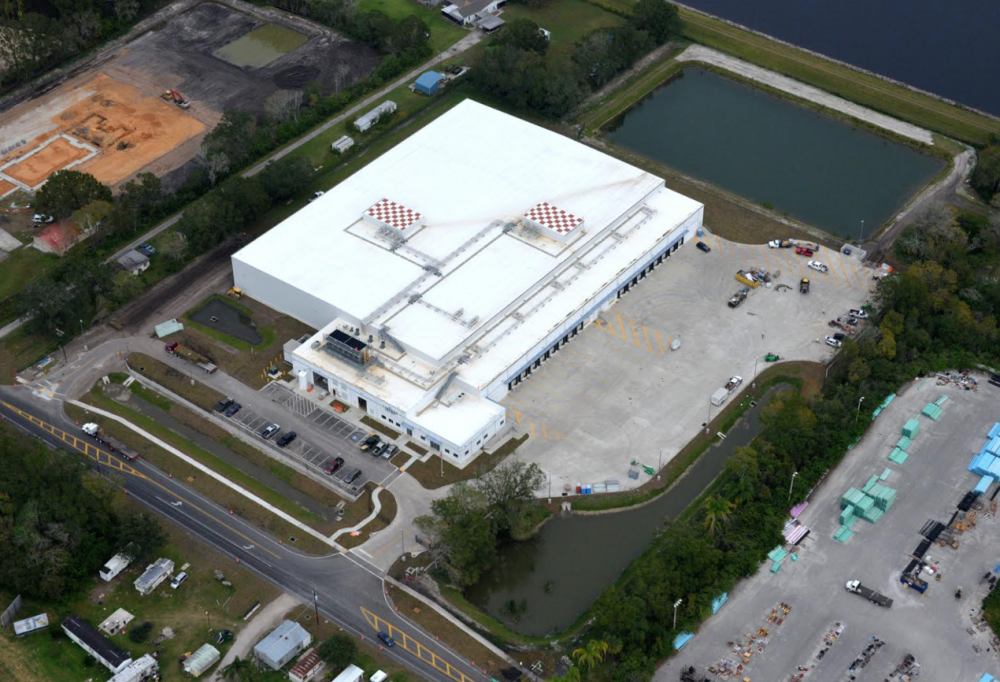
![[Infographic] Installing Packaged Refrigeration vs. Traditional Systems](https://stellarfoodforthought.net/wp-content/uploads/2018/02/Packaged-refrigeration.png)
